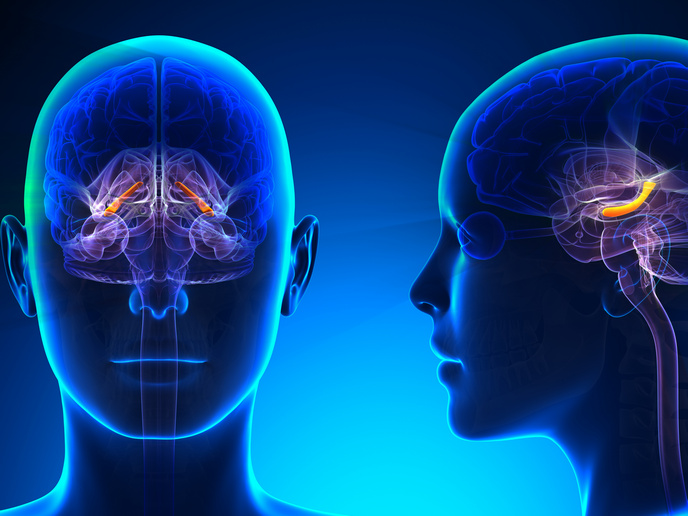How machine translation impacts language learning
Whether it be to decode a menu in a foreign country or make sense of a website, for many the use of web-based machine translation (MT) systems like Google Translate, DeepL and Bing have become a go-to tool. It’s also become an important tool for those learning English as a second language. “Many students studying English as a second language use MT to support their learning,” says Natalia Resende(opens in new window), a Marie Skłodowska-Curie(opens in new window) research fellow affiliated with the ADAPT Centre(opens in new window), part of Dublin City University(opens in new window). “Thanks to the easy access they have to these applications via their phones, students can get instant translations by simply entering text, taking a picture, or even by speaking.” However, because MT output isn’t always completely correct, Resende wondered whether their use would impact how English is learned. “Are MT users influenced by its output in such a way that they change their linguistic behaviour in the second language to mirror what they read or hear via the MT?” she asks. With the support of the EU-funded MTrill project, she decided to find out.
Adapting language behaviour
To start, Resende conducted a survey of 90 Brazilian Portuguese L2 English speakers to learn how and why they use web-based MT applications. What she found was that students primarily use these applications to support their English speech, as well as a resource for learning new vocabulary. Next, to understand whether these applications could actually influence the student’s cognitive processing, Resende used a syntactic priming experiment. The goal of this experiment was to see whether participants’ language behaviour in English would change after they used the Google Translate app. To illustrate, take for example the sentence ‘the office table was broken’. Because this word order does not exist in Portuguese, Portuguese speakers will typically say ‘the table of the office was broken’. However, after seeing that the MT app translated the sentence to the more challenging ‘the office table was broken’, the students adapted their language behaviour to mirror Google Translate’s alternative structure when describing images in English. “This experiment shows that exposure to an English syntactic alternative can lead to that same syntactic alternative being reused in subsequent speech, even when it is not the speaker’s preferred English syntactic alternative,” remarks Resende. “Although this may be correct, they get there without learning the grammatical rules behind the sentence."
An ally in language learning
Despite any shortcomings, Resende says that language programmes shouldn’t see MT as the enemy, but as an ally. “This research shows that translation tools not only minimise language barriers, they can also be used by language teachers as an ally in the language learning process,” she adds. “However, because bad translation solutions can influence users’ linguistic behaviour, language technology developers should consider this impact on human cognition when developing these systems.” Resende says she hopes to address some of these challenges and lingering questions in future research initiatives. Already, her groundbreaking research conducted within the MTrill project has been published in numerous leading academic journals and presented at various conferences. It’s also inspired further research, including projects that are replicating the study in language pairs other than Portuguese and English.







